The proximity between two exoplanets surprises scientists
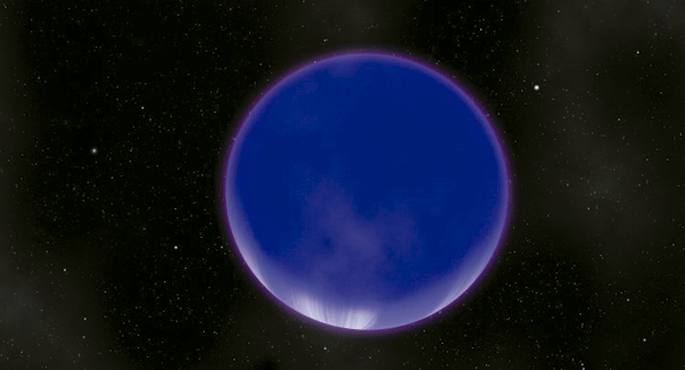
At 1,200 light-years from us, they've found one star and two planets. The star, known as Kepler 36a, has consumed most of its hydrogen, as it is billions of years older than our sun. The Kepler 36b and Kepler 36c planets revolve around it. The first one is made of stone, 1.5 times larger than the Earth, and it takes fourteen days to spin around the star; the second one is totally gas, and it rotates around the star in sixteen days.
Every 97 days, these two planets pass at an extreme distance of about 1.9 million kilometers. In the Solar System, for example, the distances between planets are 30 times longer.
Normally, in these cases, the gaseous planet slowly eats the rest of the systems, but in this case it doesn't seem to be happening, and scientists don't know why this happens, which is, how two planets of such a different density move in balance. That is the mystery that needs to be clarified.
Epistemology, or theory of knowledge, is one of the main areas of philosophy, and throughout history there have been important debates about the limits and bases of our knowledge. Within this we find two powerful corridors that propose different ways of accessing knowledge: The... [+]
We learned this week that the Court of Getxo has closed the case of 4-year-old children from the Europa School. This leads us to ask: are the judicial, police, etc. authorities prepared to respond to the children’s requests? Are our children really protected when they are... [+]
Gabonetako argiak pizteko ekitaldia espainolez egin izanak, Irungo euskaldunak haserretzeaz harago, Aski Da! mugimendua abiatu zuen: herriko 40 elkarteren indarrak batuta, Irungo udal gobernuarekin bildu dira orain, alkatea eta Euskara zinegotzia tarteko, herriko eragileak... [+]












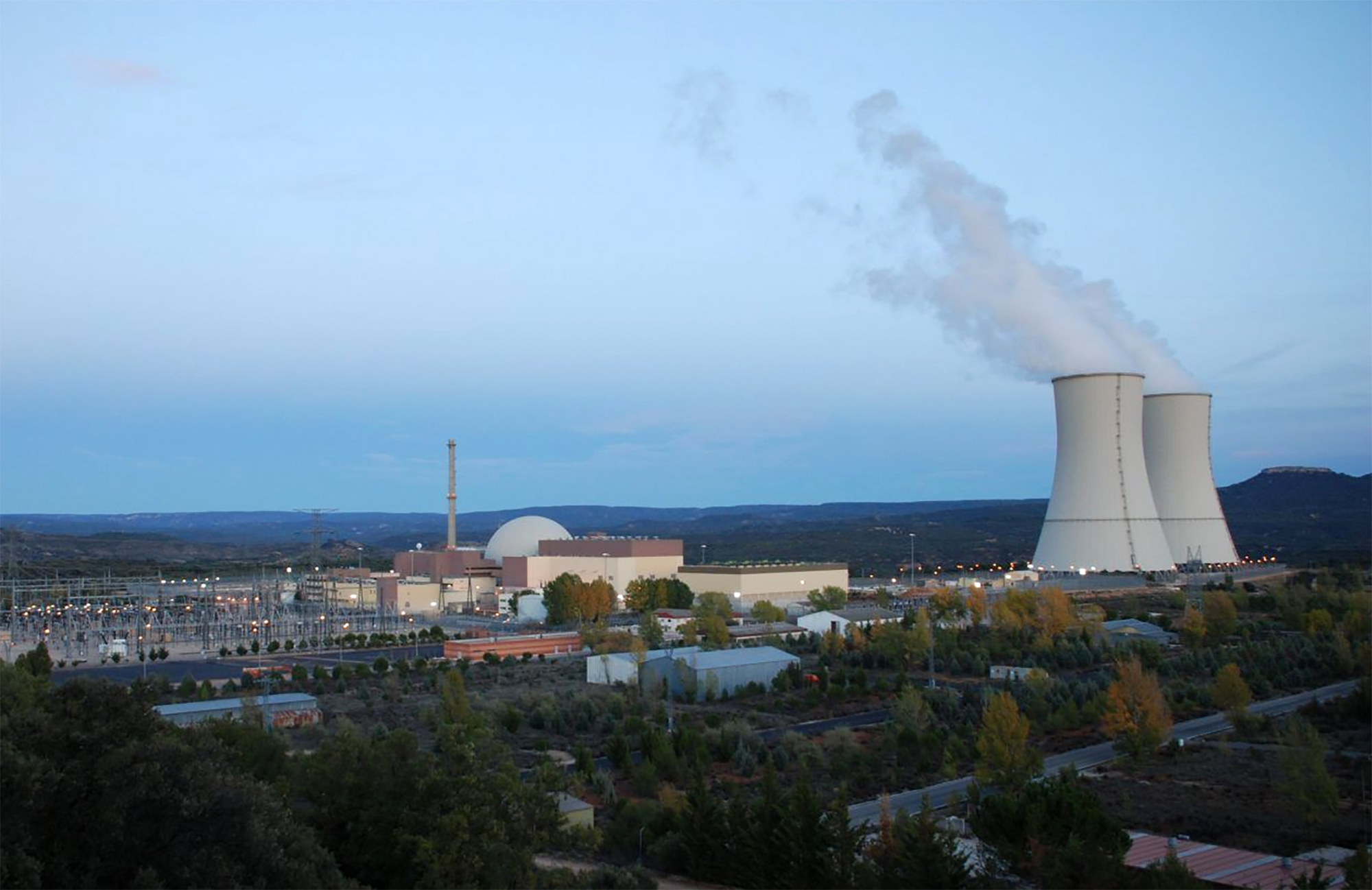




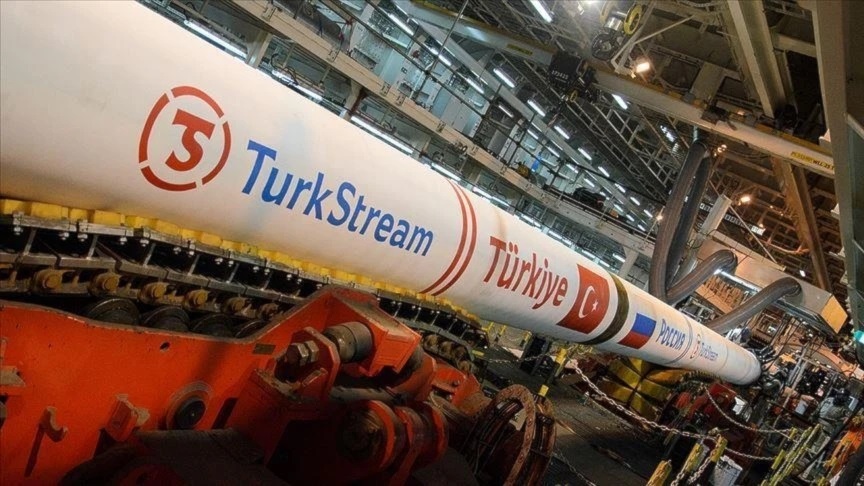
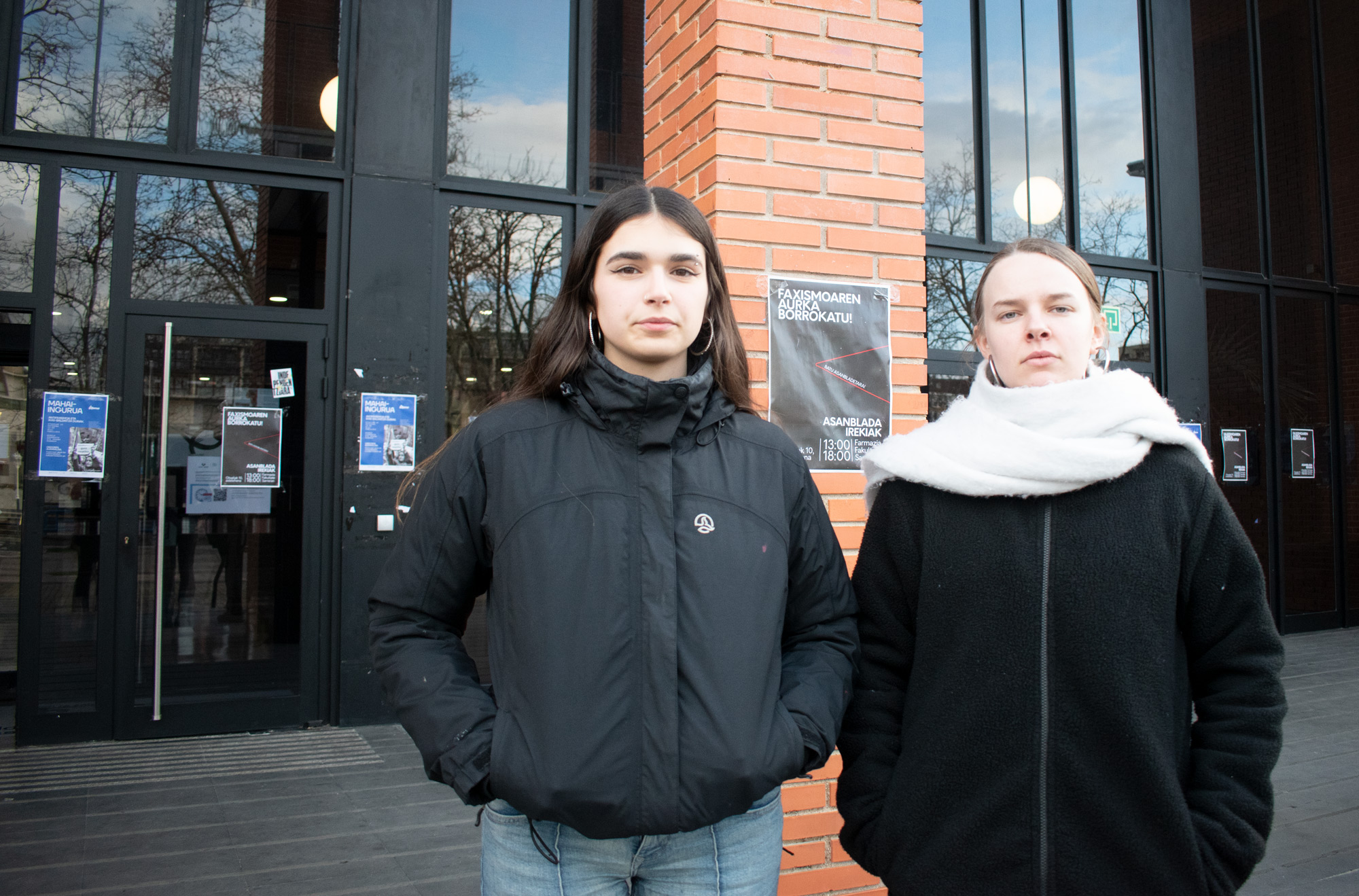
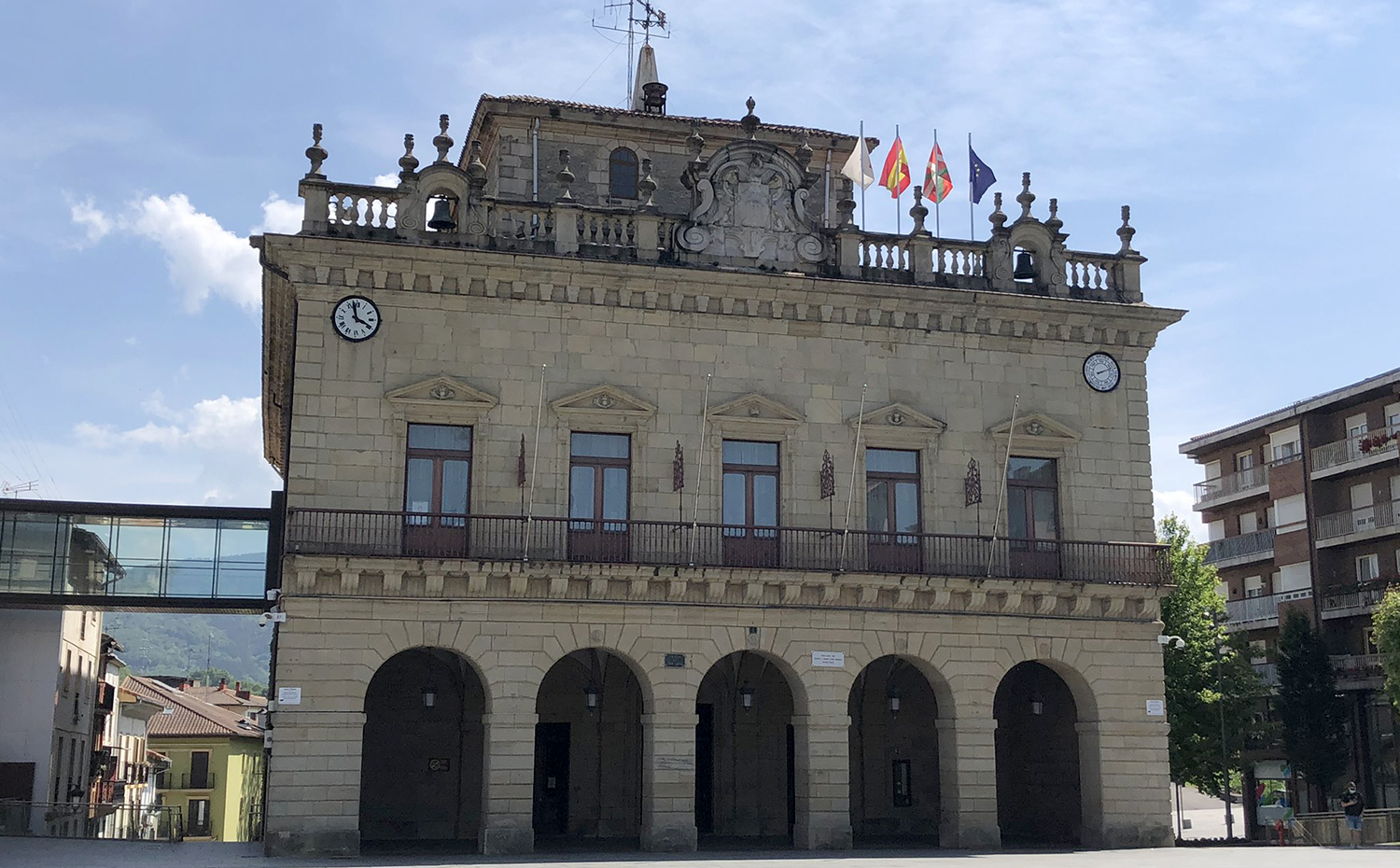

_2.jpg)

